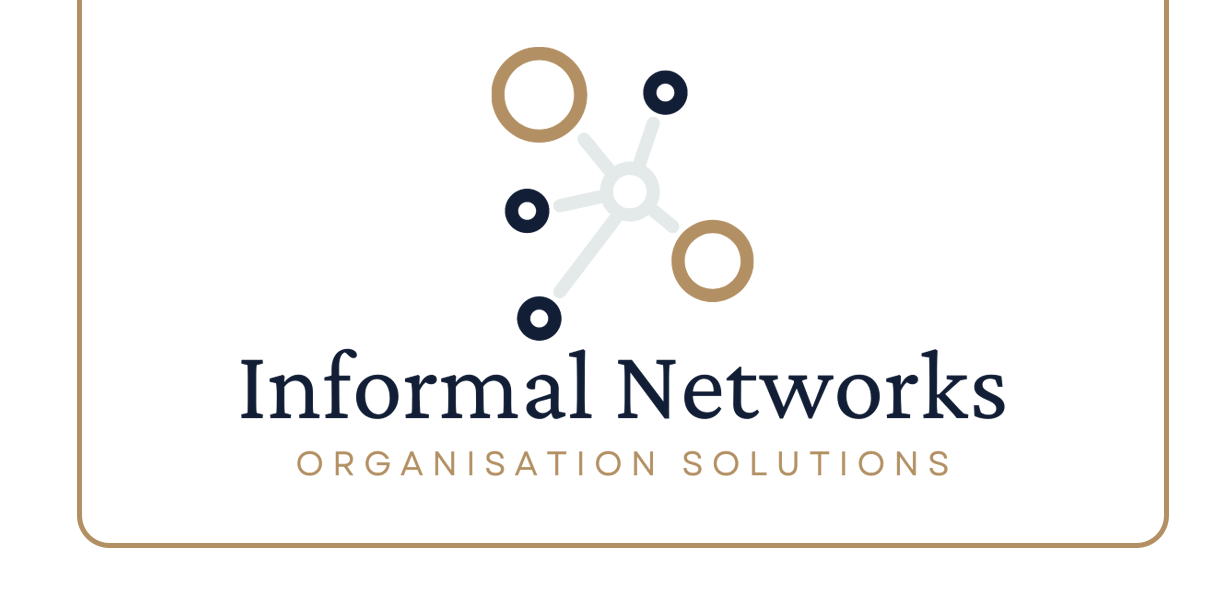It is often said that an organisation’s people are its greatest asset
Part of the value of this asset depends on the way in which the people are connected. The structure of the organisation shows the formal lines of control: who is in charge of each department, who works for whom, the org chart. An organisation’s success depends largely on the right people being in the right positions.
But a more subtle aspect of the connectedness (and this does not show up in a standard org chart) is that in a real organisation people get to know each other. They make relationships based on trust, they learn from each other and they come to rely on one another for aspects of their job. These connections between people are what we call the Informal Networks.
Organisations naturally contain many types of Informal Networks.
For example, an Expert Knowledge Network is the group of people who are regarded by their peers as Experts, and those people who communicate with them because of their expertise.
Why should you care?
Because a lot of the business of an organisation is done through the networks rather than through the formal hierarchy. Brian goes to ask Susan for advice about his new automotive project not because she is his boss but because he knows that Susan is an expert in that area and they get on well. Ali and Dave are not connected by a chain of command, but Ali asks Dave for help sorting out his mentoring problem because Dave is a sensitive communicator who might be able to persuade the HR Director to change Ali’s mentor.
Breaking this down, knowledge and influence flow far more freely through Informal Networks than through the formal hierarchy, leading to greater productivity. Behaviours can also flow through Informal Networks – one person emulating another – and this is a crucial mechanism by which positive behaviours can spread through an organisation in a successful change programme.
Informal Networks are relevant to an enormous range of issues including Change, innovation, communication and succession planning. To be able to manage and work with Informal Networks the starting-point is to map the networks. This is a surprisingly straightforward process.
Every leader of an organisation is aware of the tangible assets on the balance sheet but if they are interested in the value of their greatest asset – their people – they should also know about their organisation’s Informal Networks and how to map them.
Gideon Mitchell
